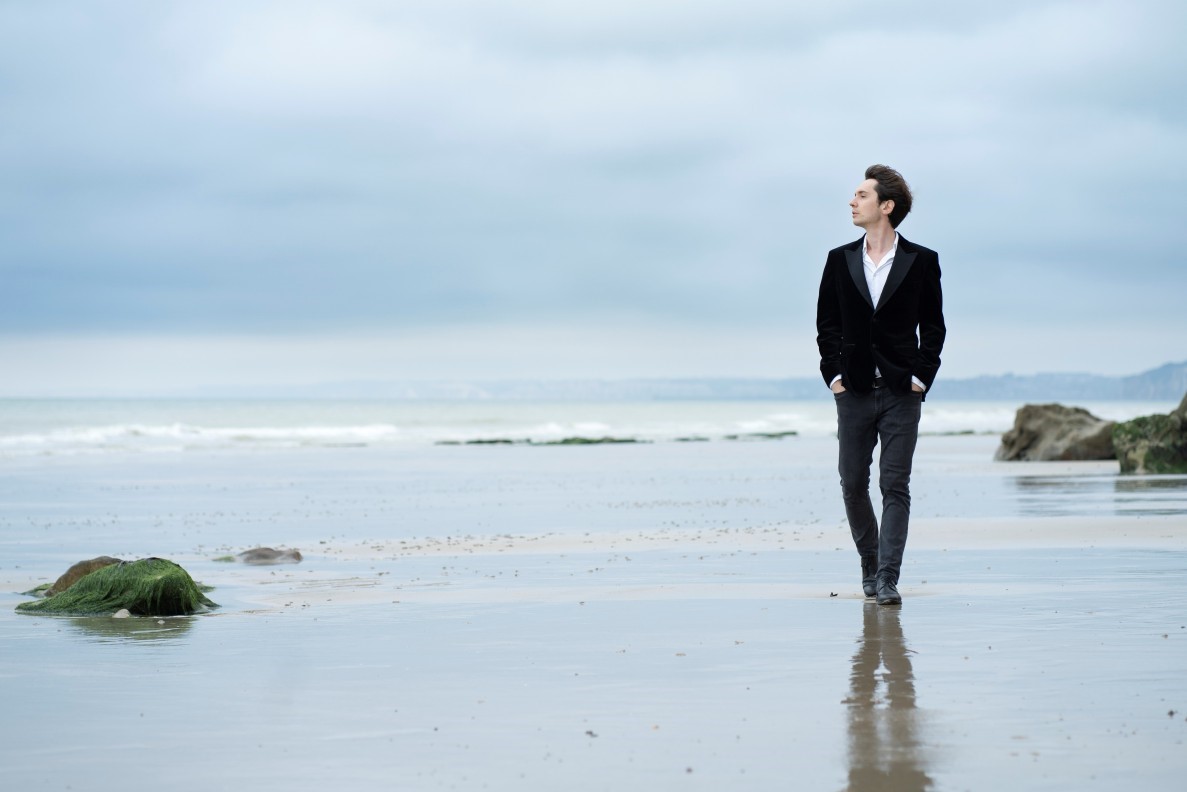This is a special moment in the history of the NFM Wrocław Philharmonic, as it celebrates its eightieth anniversary. The inauguration of the next season of the orchestra will be a meeting with the performing art of two artists who are very well known to the public. Karol Mossakowski is one of the most valued organ virtuosos of our time and holds the prestigious position of organist of the Church of St. Sulpice in Paris. He is also the new director of the NFM organ concerts series. The orchestra will be led by Jacek Kaspszyk, a conductor valued especially for his interpretations of the late Romantic repertoire.
At the turn of 1782 and 1783, the Wiener Zeitung informed its readers that “Herr Kapellmeister Mozart hereby informs the esteemed audience about the publication of three new, recently completed concertos for piano”. Among them was the Piano Concerto in A major KV 414, the twelfth work of this genre in the composer’s oeuvre. It is a cheerful, even slightly nostalgic composition, and at the same time very precisely outlined in terms of form. It was intended for a small ensemble: piano, strings, oboes and horns. The slow movement contains a quote from the overture to La calamita de’ cuori by Johann Christian Bach – Mozart’s mentor, who died in London on 1 January 1782. The composer wrote about it in a letter to his father, emphasising the significance of the older composer’s achievements. This quote is a tribute to his memory. The author of The Magic Flute thought of the concertos included in the collection as “a happy combination between too easy and too difficult; they are very brilliant, pleasant to the ear, natural, but not arid. There are a few fragments in them that will only satisfy connoisseurs, but they are also written in such a way that the less learned will feel pleasure too, even if they do not know why”.
The virtuoso Variations on a Theme by Paganini is one of Witold Lutosławski’s most popular pieces. It was written in 1941 and was one of about two hundred arrangements of popular classical works, created for performances in Warsaw cafes in a duet with Andrzej Panufnik. The artist based it on the famous Caprice in A minor by the Italian composer. Lutosławski’s composition is significantly enriched in terms of harmonics and ornamentation in relation to the original. Listeners are constantly surprised by spicy, dissonant chords and sharp rhythmic stresses. The version for piano and orchestra was created much later, in the late seventies. The works of Mozart and Lutosławski will be performed in Mossakowski’s arrangements for organ and orchestra, which will allow the audience to look at these well-known and beloved works from a new perspective.
The second part of the concert will be filled with Richard Strauss’ monumental Alpine Symphony, completed in 1915 and consisting of twenty-two movements performed without breaks. It is as impressive as it is personal, as the composer loved mountain trips. The symphony presents a day spent on such a hike: from departure by night, through a hike in the forest, next to a stream, to reaching the summit and escaping the storm. The author employs many rarely used instruments in it: the heckelphone (a baritone version of the oboe), a machine imitating the howling of the wind, a metal plate imitating thunder and... cowbells.

